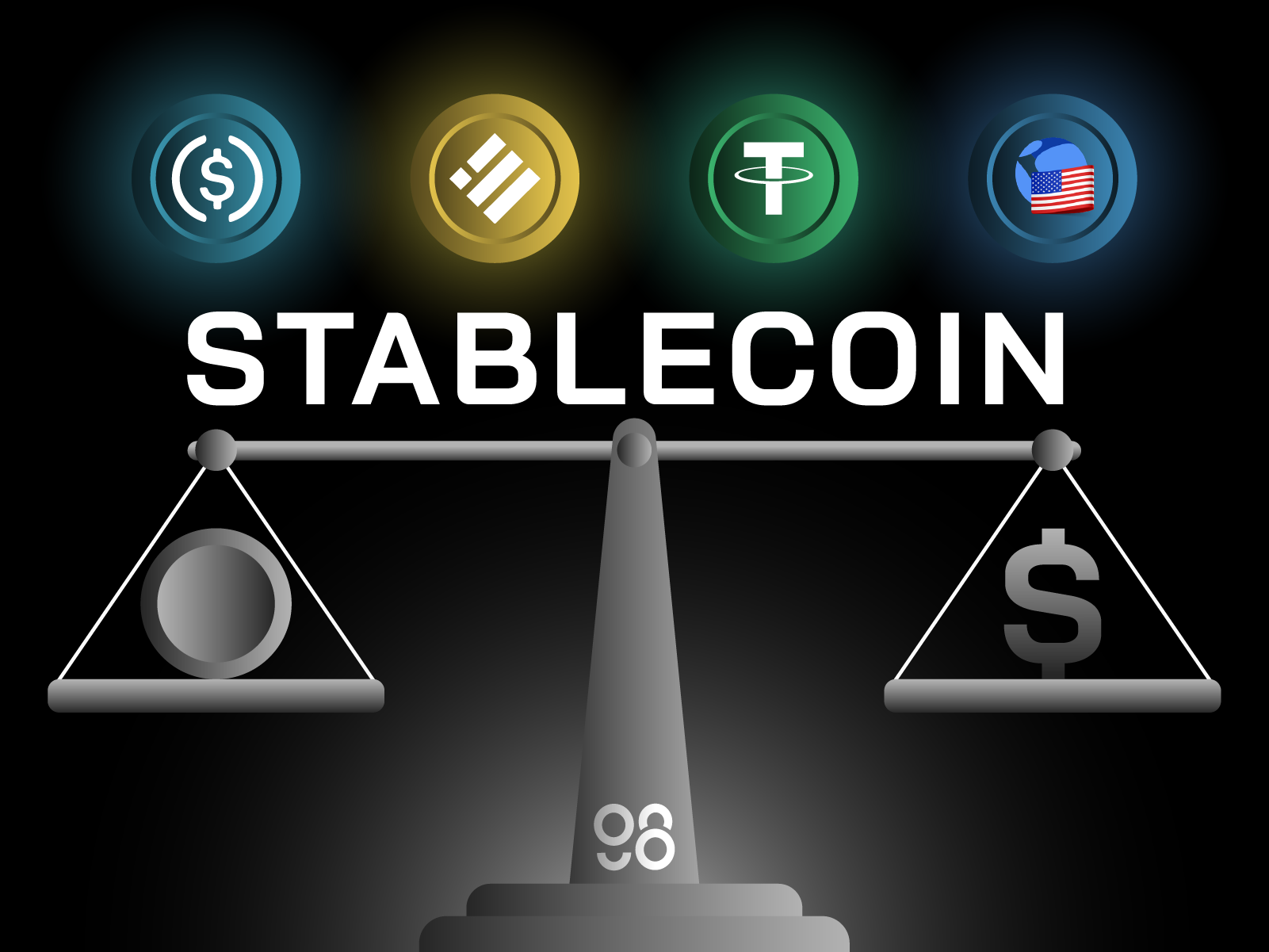Inside India newsletter: Can increasing consumption help revive India's slowing economy?
India's latest budget under Prime Minister Modi focuses on boosting consumption to counter the country's economic slowdown. Tax cuts and measures to stimulate spending are expected to impact the economy, but experts suggest additional strategies are needed.

The Big Story
India’s first budget under Prime Minister Narendra Modi’s current government was highly anticipated as the country faces a slowing economy, a depreciating rupee, and global macroeconomic challenges.
The government’s message was subtle but clear: the middle-income class needs to spend more to boost corporate earnings and stimulate economic growth.
In a significant move, India’s Finance Minister Nirmala Sitharaman introduced tax cuts for individuals with annual earnings up to 1.2 million Indian rupees ($13,694), up from the previous threshold of 700,000 rupees.
This change is expected to benefit 10 million more taxpayers, providing them with savings that could be spent on goods, services, or investment. However, this will result in a 1 trillion rupee shortfall in annual government revenue.
Consumption levels in India have nearly tripled to 200 trillion rupees over the past decade, in line with population growth to 294.3 million households. This segment now accounts for about 60% of India’s economy, making it the primary growth driver.
Upasana Chachra, chief India economist at Morgan Stanley, calls consumption “one of the mainstays of the Indian economy,” emphasizing its role in providing stability in demand.
Cracks in Consumption
However, the government’s heavy focus on boosting consumption — as opposed to infrastructure development, its traditional focus — comes in response to significant cracks in consumer spending.
Excluding luxury markets and rural segments, consumption in many areas has declined as urban dwellers — now numbering 522.9 million — reduce their spending.
Factors such as rising inflation and stagnant wages have been identified as key reasons for this pullback, according to a recent report by market research firm Kantar.
Companies, from supermarkets to automakers, have felt the impact. Major corporations like Hindustan Unilever, Maruti Suzuki, and Reliance Retail reported a slowdown in revenue and weaker earnings in the past year due to lagging urban demand.
This decline in consumer spending also poses challenges for foreign companies hoping to capitalize on India’s promising growth prospects.
A Cyclical Slowdown
The dip in consumer spending is partly attributed to a “cyclical slowdown in consumption,” as households cut back to save more or pay off debts accumulated during the post-COVID-19 spending surge, explains Dhiraj Nim, a foreign exchange strategist at ANZ Bank.
“Consumption will naturally be weaker during this part of the cycle. We don’t need to worry too much, as there are policy tools to address this, such as rate cuts by the Reserve Bank of India,” Nim told CNBC’s Inside India. The RBI is expected to reduce interest rates on February 7 in its first policy meeting with Sanjay Malhotra as governor.
In this context, Nim believes the government’s tax cuts won’t significantly boost GDP growth.
He estimates that, despite the 1 trillion rupee tax relief, household marginal propensity to consume (MPC) — which measures the likelihood of spending with additional income — is around 0.6 to 0.7. This means expenditure will only rise by 600-700 billion rupees, even with the tax cuts.
Nim further notes that while the tax relief reduces the fiscal deficit ratio, it will also lead to a pullback in government spending by 0.4% of GDP, offsetting any benefits from the tax cuts.
A more effective approach, according to Nim, would be broad-based relief, such as cutting fuel prices or implementing measures to reduce inflation while increasing incomes across income brackets.
Is a Consumption Boost Enough?
Given consumption's substantial contribution to India's GDP, it naturally draws attention from the government. However, with real GDP growth projected to reach a four-year low of 6.4% this fiscal year, experts suggest additional measures to combat the slowdown.
Drawing parallels with policies from other nations like China, Morgan Stanley’s Chachra advocates for an increase in government capital expenditure (capex) alongside consumption initiatives to stimulate growth. Investing in areas like job creation and urban development would particularly benefit India’s growing millennial population, she argues.
“Capex contributes more to GDP growth than consumption. When capex increases and jobs are created, income levels rise, ensuring sustained consumption growth,” Chachra explained.
India has allocated over 3% of GDP for capex in the upcoming fiscal year starting in April, with initiatives to boost foreign direct investment and fund infrastructure projects in cities.
The goal is that these efforts will eventually generate jobs, improve productivity, and raise wages, leading to increased urban consumption and driving overall economic growth.
Need to Know
-
The Reserve Bank of India is expected to cut interest rates. Economists forecast a 25-basis-point cut in the repo rate on February 7, marking the first such reduction in nearly five years. Investors will be paying close attention to Governor Sanjay Malhotra’s statements regarding future monetary policy.
-
Exit polls indicate that the Bharatiya Janata Party (BJP) is likely to win the Delhi Assembly elections, marking the first time the BJP could take control in 27 years. However, the ruling Aam Aadmi Party (AAP) has dismissed these projections.
-
The Indian government aims for a fiscal deficit of 4.4% of GDP for 2025–2026, down from the previous year’s 4.8% target. The government is also transitioning to debt-to-GDP as a metric, with plans to reduce the debt level to 50% of GDP by 2031.
-
U.S. President Donald Trump invited Indian Prime Minister Narendra Modi for an official visit. The visit, scheduled for February 10, follows the deportation of illegal Indian migrants from the U.S. back to India.
-
Volkswagen is suing the Indian government over a $1.4 billion tax demand. The dispute stems from allegations that the company misclassified car component imports, reducing its duties by 5-15% instead of the 30-35% rate applicable to fully assembled parts.
What Happened in the Markets?
Indian stocks traded mixed last week after showing some positive momentum the week before. The Nifty 50 index closed at 23,508.40 points, a 1.8% rise from the prior week.
The benchmark 10-year Indian government bond yield slightly increased to 6.78%.
On CNBC TV, Anand Gupta, lead portfolio manager at Allianz Global, noted that global geopolitics were "playing to the advantage of India," particularly due to its lower exposure to risks from the U.S.-China trade war.
Meanwhile, HSBC’s Chief India Economist Pranjul Bhandari stated that the Indian government’s budget is trying to balance fiscal deficit reduction, a consumption boost, and a focus on capex. However, he warns that these ambitious goals might require trade-offs.
What’s Happening Next Week?
Key reports on consumer price indices for India, the U.S., and China will be closely watched, as investors assess inflation trends.
February 7: India’s interest rate decision, U.S. nonfarm payrolls for January, and the Michigan Consumer Sentiment Index for February.
February 9: China’s consumer price index for January.
February 12: India’s consumer price index for January, and U.S. consumer price index for January.
February 13: U.S. producer price index for January, and U.K. GDP for Q4.
What's Your Reaction?

















